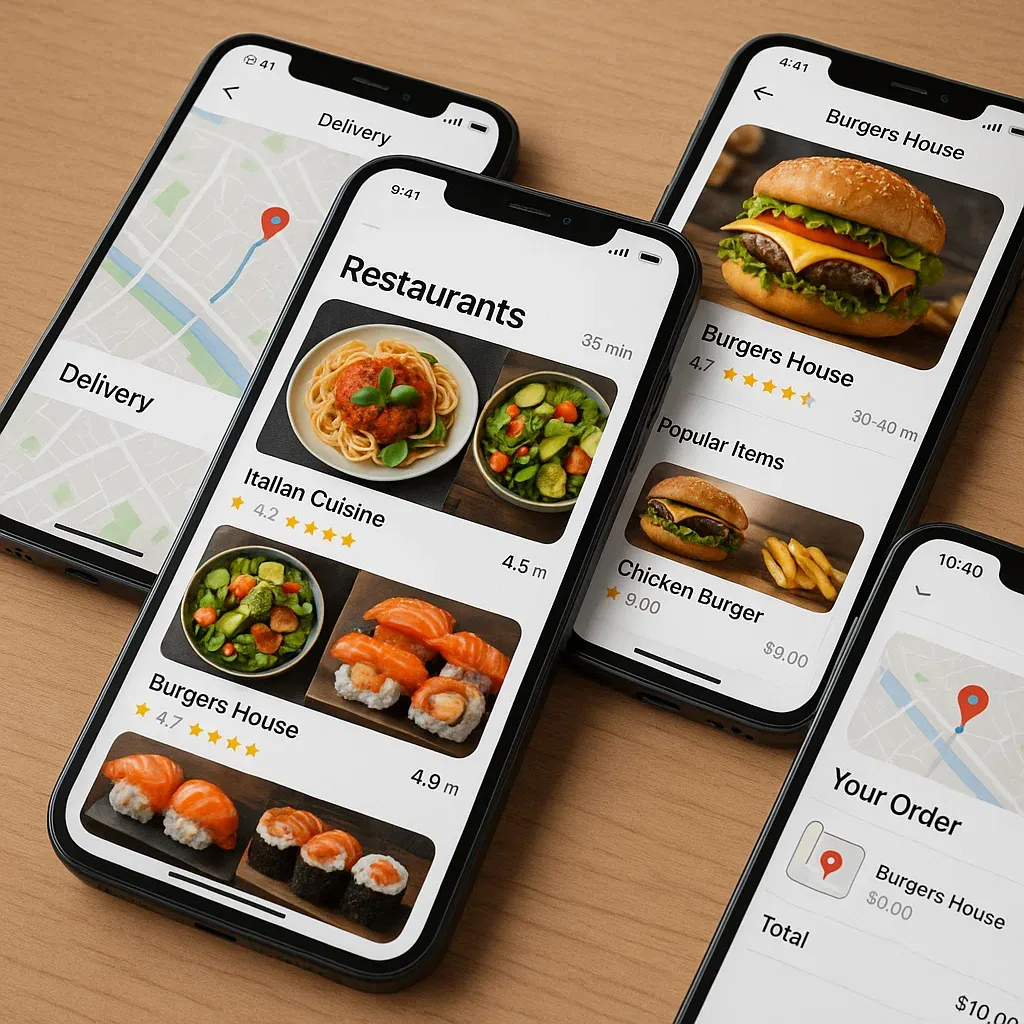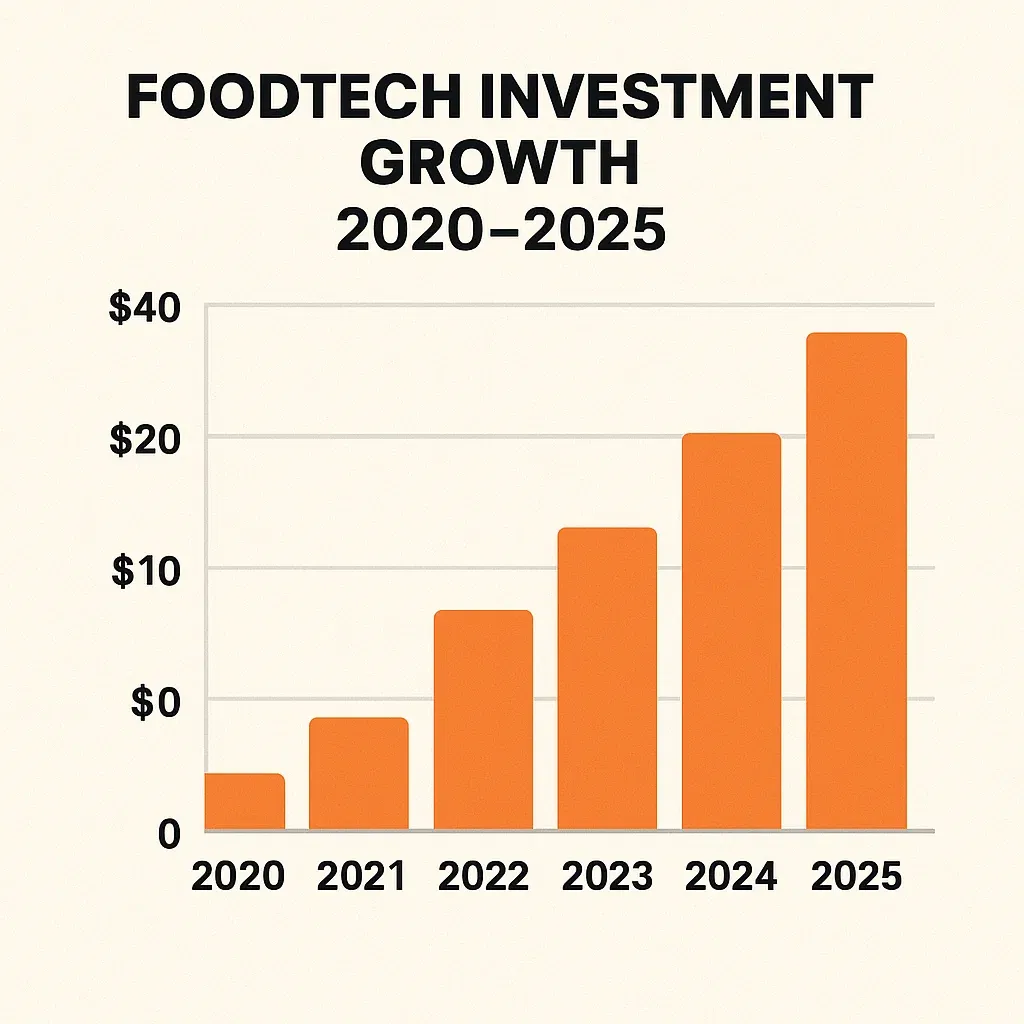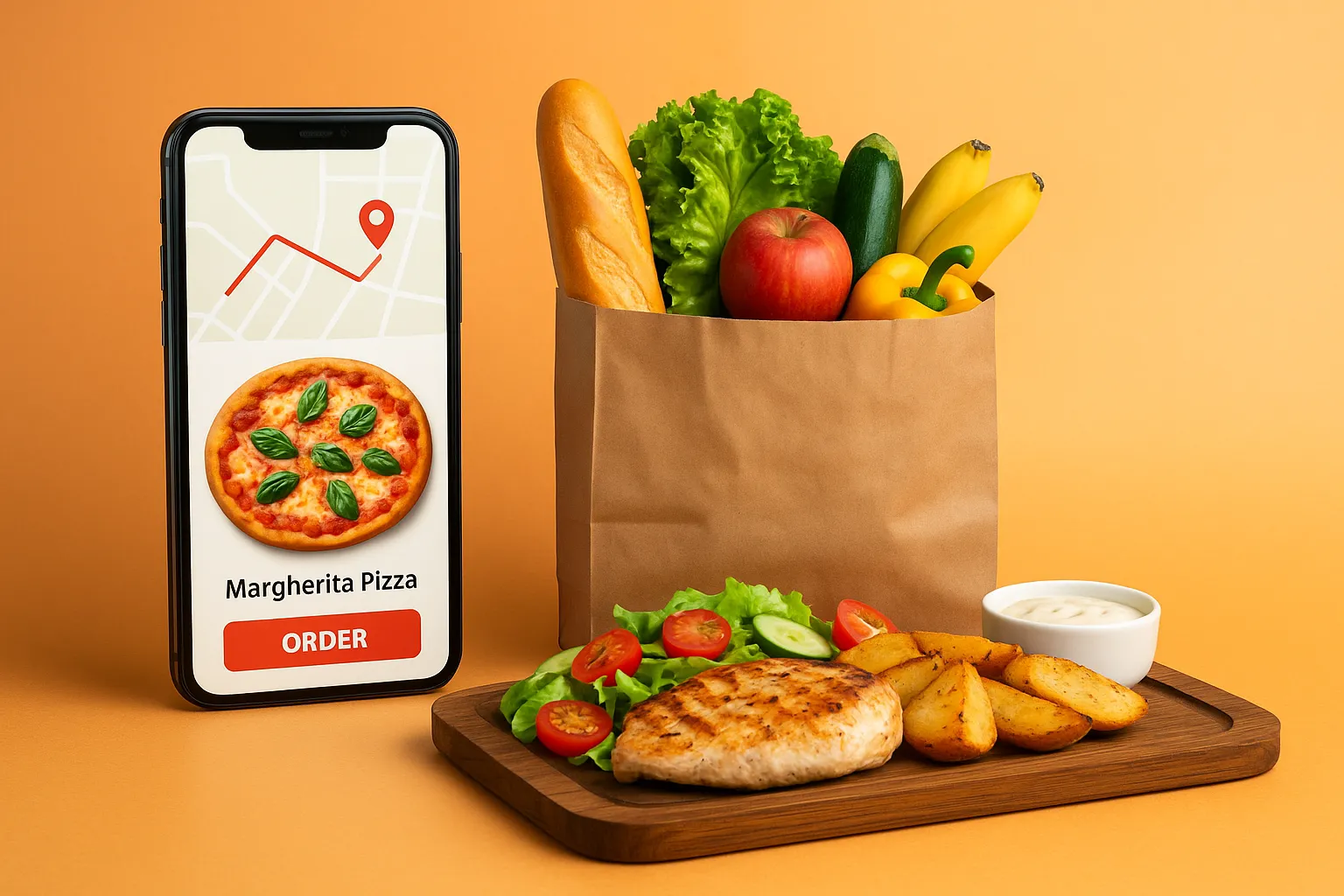In 2025, food service apps are not just convenient—they’re essential. From busy professionals to health-conscious eaters and last-minute planners, digital food platforms are reshaping how people experience dining, ordering, and even cooking. For startup founders, entrepreneurs, and digital agencies, this evolution unlocks a lucrative arena packed with innovation and unmet needs.
With rising demand, tech accessibility, and shifting consumer expectations, launching a food service app is a high-potential opportunity. In this blog, we’ll explore why this category is booming, break down the most profitable food service app ideas to launch in 2025, and guide you toward cost-effective clone solutions from Miracuves that can help you go live smarter and faster.

Read more: How to Start a Food Delivery Marketplace Platform Business
Why Food Service Apps Are a Hot Opportunity in 2025
Food tech is on fire. According to Statista, the global online food delivery market is expected to reach $1.22 trillion by 2025, growing at a CAGR of 12.33% from 2023–2025. Meanwhile, apps that support niche services like meal planning, chef-for-hire, and grocery delivery are also seeing explosive growth.
CB Insights reports that foodtech startups raised over $16 billion globally in 2024 alone. A large share of this went to app-based platforms, reflecting investor confidence. Add to this a permanent shift in consumer habits—contactless ordering, hyper-personalization, real-time tracking—and it’s clear that the future of food is digital.

Top Profitable Food Service App Ideas to Launch in 2025
1. Hyperlocal Food Delivery App
Deliver food from nearby restaurants or home chefs to users within the same locality or neighborhood. These apps focus on ultra-fast service and reduced delivery radius. Ideal for areas with high population density and demand for fresh, quick meals.
- Monetization: Delivery fees, restaurant commission, in-app ads
- Why it works in 2025: Urban customers crave speed and proximity. Hyperlocal also means lower logistics costs and higher delivery frequency.
2. Cloud Kitchen Management App
A SaaS solution for managing cloud kitchen operations—from order handling and inventory to delivery partner integration. This B2B app empowers ghost kitchens to streamline backend workflows and scale without the burden of dine-in logistics.
- Monetization: Subscription model, SaaS licensing
- Why it works in 2025: The cloud kitchen market is projected to hit $112 billion globally. Operators need streamlined digital tools to scale efficiently.
3. Personal Chef Booking App
Connects users with local chefs for custom dining experiences at home, from intimate dinners to small events. Users can browse chef profiles, book services, and customize meals, offering a unique blend of personalization and convenience.
- Monetization: Service fees, chef subscription tiers
- Why it works in 2025: Rising interest in experiential dining, health-focused custom meals, and home-based hospitality.
4. Meal Kit Subscription App
Delivers ready-to-cook meal kits with pre-portioned ingredients and step-by-step recipes. Ideal for health-conscious users and busy professionals looking to cook without the hassle of shopping or meal planning. Offers recurring revenue potential.
- Monetization: Subscription plans, upsells, branded partnerships
- Why it works in 2025: Ideal for health-conscious and busy millennials. A rising wellness culture fuels demand.
5. AI-Based Meal Planner App
Uses AI to generate weekly meal plans tailored to user preferences, dietary restrictions, fitness goals, and calorie needs. The app can sync with grocery delivery services, providing a seamless health-and-convenience combo for modern users.
- Monetization: Freemium with premium features, affiliate grocery links
- Why it works in 2025: The fitness and wellness app sector is thriving. Pairing it with food is a natural step forward.
6. Food Waste Reduction App
Partners with restaurants, bakeries, and grocery stores to sell surplus food at discounted prices. Users benefit from savings while businesses minimize waste. This sustainability-driven concept taps into eco-conscious consumer behavior.
- Monetization: Transaction commissions, in-app upgrades
- Why it works in 2025: Sustainability is a core consumer value. Solving waste while saving money? A win-win.
7. Office Catering App
Helps businesses manage recurring or event-based team meals with dietary filters, budget controls, and flexible scheduling. It simplifies bulk ordering and supports hybrid work environments that still prioritize team culture and hospitality.
- Monetization: Corporate contracts, order volume discounts
- Why it works in 2025: Hybrid work culture fuels demand for flexible, scheduled catering services.
What Makes an App Profitable in the Food Service Niche?
Successful food service apps share a few powerful traits:
- Recurring revenue from subscriptions or repeat ordering
- High retention through personalization and loyalty programs
- Low overhead with lean operational models or cloud-based services
- Smart user acquisition with referral programs and local influencer partnerships
Here’s where clone app development truly shines. Instead of building everything from scratch, you can leverage white-label, ready-made solutions from Miracuves to reduce development time, cost, and risk—while keeping full customization control.
Read more: Types of Food Delivery App and the Secret to Their Success
Cost to Build a Food Service App in 2025
The cost to develop a food service app in 2025 ranges widely:
- Basic MVP: $10,000 – $25,000
- Mid-level Feature App: $30,000 – $60,000
- Advanced App with AI/ML & Real-Time Logistics: $75,000 – $150,000+
Launch Your Food Service App in Just 3–6 Days — Go Live with Miracuves from $2,500 to $3,000 and start serving customers faster than ever
Factors that affect cost include:
- Choice of platform (iOS, Android, Web)
- Tech stack and integration complexity
- Backend logic (real-time delivery tracking, AI suggestions)
- UI/UX and admin panel sophistication
Opting for a clone solution from Miracuves can cut both cost and time-to-market by over 60%, making it ideal for fast-moving startups.
Read more: Feature-by-Feature Breakdown of Food Delivery App Costs
Tips for Founders to Launch a Successful Food Service App
- Build an MVP first — Don’t chase perfection. Validate fast, iterate smart.
- Prioritize UI/UX — Clean, intuitive design drives adoption and retention.
- Validate demand before launch — Use waitlists, surveys, or pre-orders.
- Invest in scalable backend — A solid infrastructure ensures seamless growth.
- Don’t skip marketing — Influencer campaigns and localized ads work wonders in this niche.
Conclusion
2025 is shaping up to be a golden year for food service innovation. Whether you’re targeting health-conscious millennials, local foodies, or enterprise clients, the opportunities to launch a high-performing app are bigger—and more profitable—than ever before.
From meal planning to hyperlocal delivery and food waste solutions, there’s a niche for every visionary entrepreneur. With clone app development from Miracuves, you can seize the momentum, reduce your launch time, and stand out in a competitive market—without breaking the bank.
Ready to launch your own food service app? Miracuves offers scalable, white-label clone solutions to help you go live faster and smarter. Get in touch today.
FAQs
Q:1 How much does it cost to build a food service app?
The cost to build a food service app with Miracuves typically ranges from $2,500 to $3,000, with a full Go-Live setup in just 3–6 days.
Q:2 What features should a successful food service app include?
Real-time tracking, secure payment, order history, push notifications, ratings/reviews, and admin dashboards.
Q:3 Is it better to build from scratch or use a clone solution?
For speed, affordability, and reduced risk, clone solutions are the smarter choice—especially for first-time founders.
Q:4 How long does it take to launch a food service app using a clone?
With Miracuves clone apps, you can go live in as little as 2–4 weeks.
Q:5 Can clone apps be customized for branding and features?
Yes, white-label solutions from Miracuves are fully customizable to match your brand and feature needs.
Q:6 What makes a food service app sustainable long-term?
A strong retention loop, community feedback, scalable infrastructure, and consistent value delivery.
Related Articles:
- How to Build an App Like Grubhub: Full Developer Guide for Startups & Tech Teams
- How to Build an App Like Swiggy: Developer Guide from Scratch
- Top UberEats App Features You Should Know
- Business Model of Delivery Hero | Global Food Delivery Success
- Revenue Model of Just Eat: How the Food Delivery Giant Monetizes Every Order








